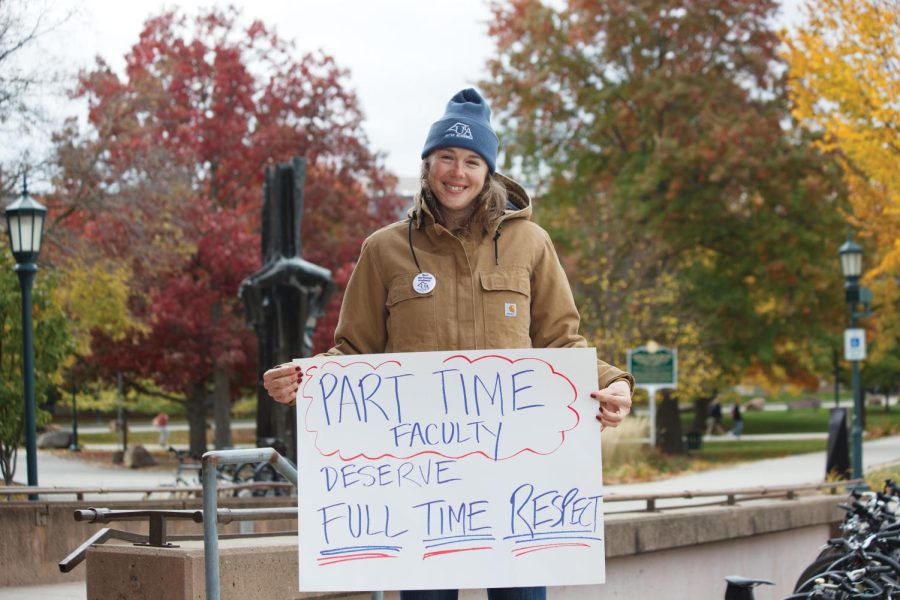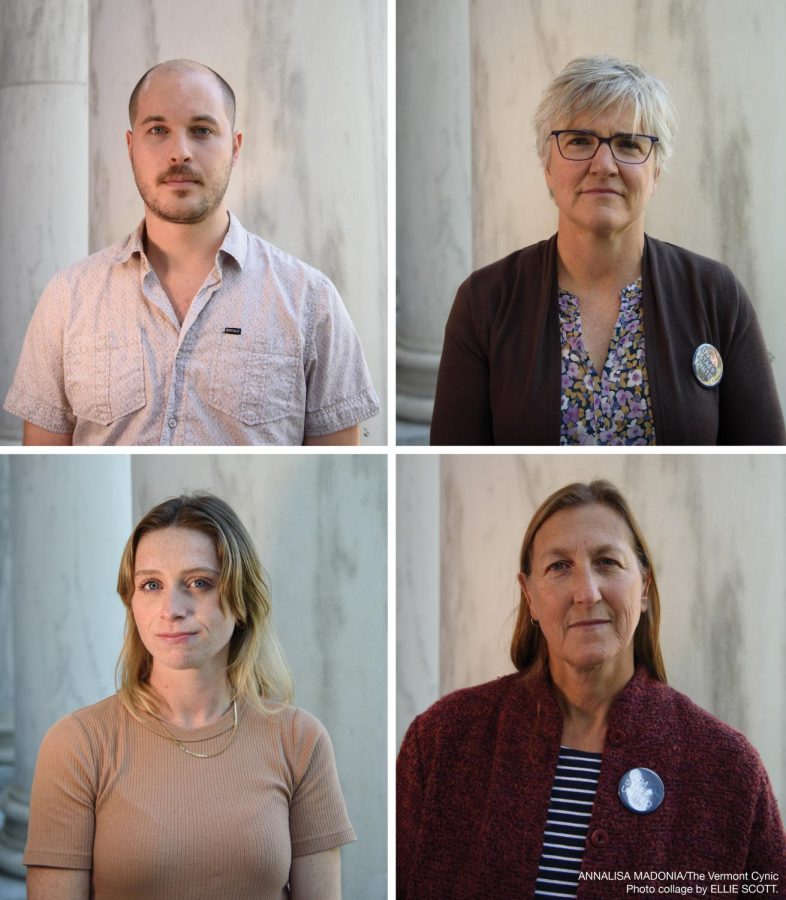The use of date rape drugs is steadily on the rise throughout Vermont, claiming victims statewide. The targets of these debilitating drugs are, generally, young women of college age or in their early 20s; the scene of the crime is typically a bar or private party environment.
“This is really a serious problem in Vermont right now,” said Sarah Kenney of the Vermont Network Against Domestic Violence and Sexual Assault.
“We really need to protect ourselves.”
The number of reports of the use of these drugs has undeniably grown.
It is difficult, however, to ascertain whether it is an actual increase in the use of drugs such as Rohypnol (commonly known as “roofies,” “roachies,” “la rocha,” and “the forget pill”), or if it is that individuals now have more of an awareness of the presence of the drug than before, according to Women’s Rape Crisis Center Victims Advocate Danielle Levesque.
She stated that the Center counsels, on average, two victims of date rape drugs per month.
There are many challenges in identifying date rape drugs as a factor in rape situations. Kenney cited a mid-1990s study that found that seventy-five percent of people who underwent drug testing after suspecting that they had been drugged and sexually assaulted tested positive for alcohol use.
With regard to this, she emphasized the importance of remembering that alcohol is, by far, the most widespread drug used in date rape situations.
Levesque marked the fallibility of evidence collection exams administered in hospitals as one of the challenges in the identification of date rape drugs.
“Because these drugs metabolize so quickly, it is virtually impossible to detect their presence in urine samples,” she said.
Compounded by the difficulty of detecting the drugs in the victim’s system, “it’s difficult because if [the victim] has passed out, there is no memory of what happened.
“If there is no physical evidence and no memory, the only other witness to the crime is the perpetrator. That is the insidiousness of these drugs,” she said.
Sgt. Jennifer Morrison, Director of the Chittenden Unit for Special Investigations, stated that CUSI has not seen a specific increase in reports of date rape drug use, maintaining that the number of suspicions reported has been consistent over the past few years.
This may not be an indication of a slowing of drug use, but rather of the difficulty in establishing physical evidence, as well as of the reluctance of many victims to report sexual assault.
“More people are willing to seek counsel from Women’s Rape Crisis Center than to seek legal action. They feel slightly responsible, thinking, ‘I shouldn’t have been at the bars, I shouldn’t have been drinking,” Morrison said.
Rohypnol is the most commonly used drug by sexual predators.
In its original form, the drug was a white pill that was dropped into drinks, virtually undetected. “Roofies” act like extremely powerful sedatives, estimated at ten times more powerful than Valium, and include a memory-blocking element.
Manufacturers of the pharmeceutical drug Rohypnol have responded to the abuse of this drug by redesigning the pill to be green instead of white and to fizz when slipped into liquid.
However, street producers of these powerful sedatives have worked around this by creating a drug called GHB that has the same effects of Rohypnol.
In addition to this specific drug, there are a variety of different drugs, from diet supplements to homemade concoctions, which are used to the same end.
The time elapsed before the drugs take effect varies from drug to drug, ranging from 30 minutes to six hours.
There are major obstacles to determining the presence of “roofies” in a date rape situation, not to mention the near impossibility of tracking the drug use back to the predator due to the “mind-erasing” effects that the drugs have on the victim.
This element compounds the already-devastating reality of sexual violation; as Levesque pointed out, the only individual who knows exactly what happened is the sexual offender who committed the crime.
If enough evidence was collected, the legal recourse for an offender includes charges of sexual assault, a felony punishable by up to 20 years in jail and/or up to $10,000 in fines.





















